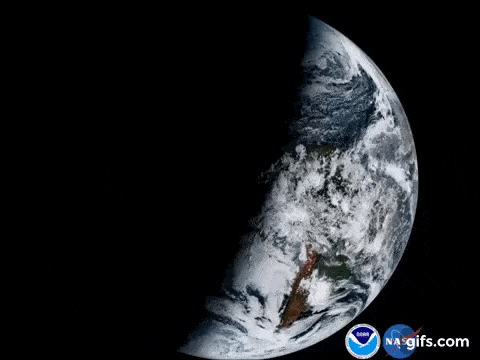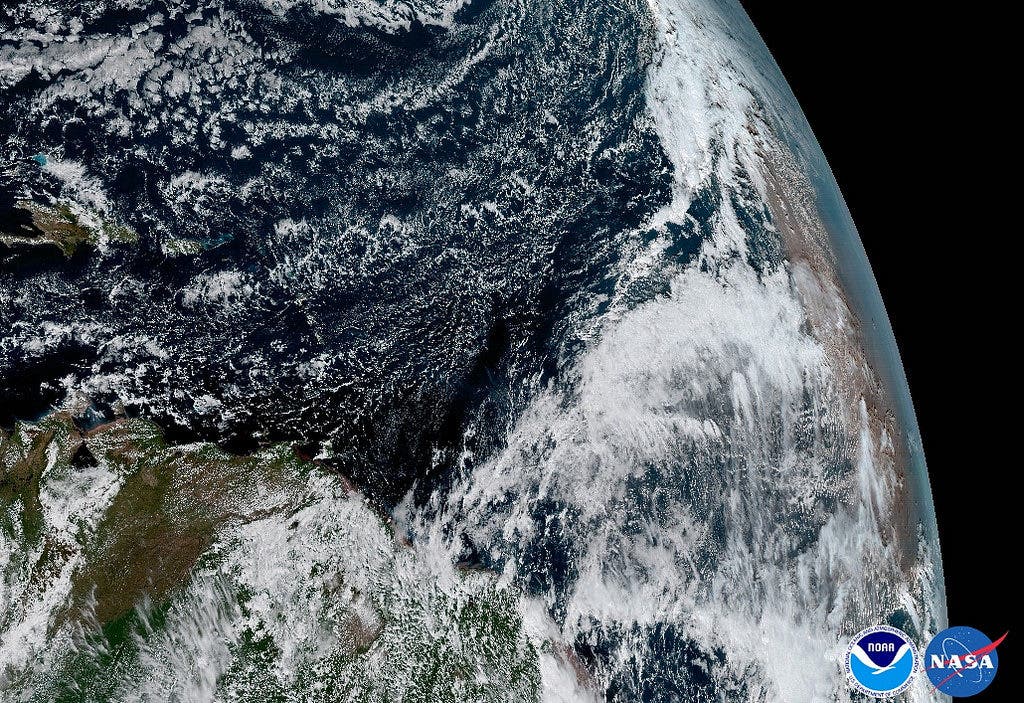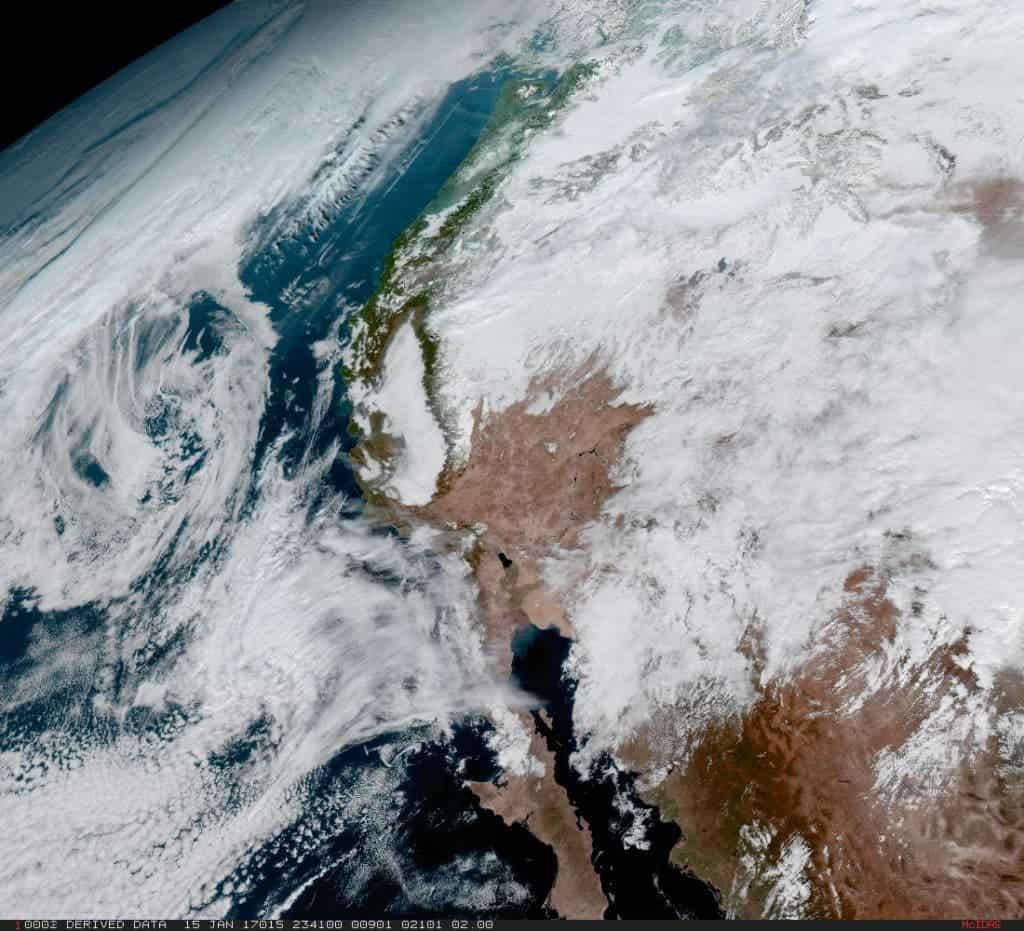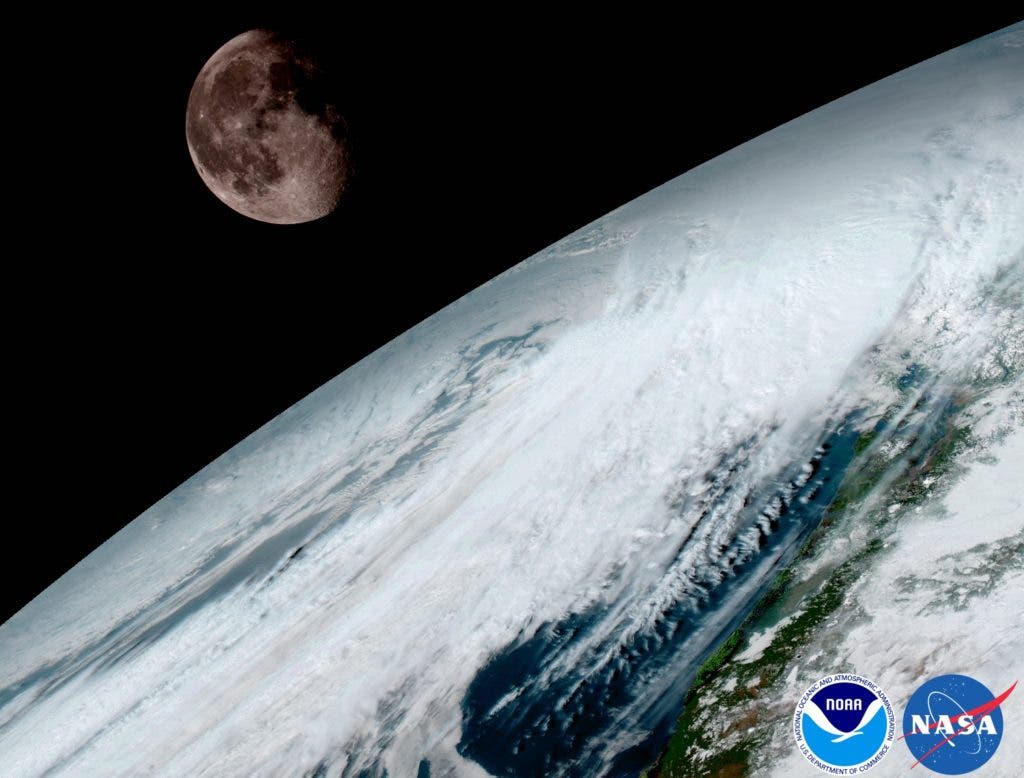
NOAA’s GOES-16 satellite, formerly known as GOES-R, is the most technically advanced weather satellite of its kind. It launched last year in November with the promise of making Earth and space weather observations more refined than ever before. Now, GOES-16 is fully operational and NOAA has been gracious enough to share the satellite’s point of view with an unprecedented series of high-resolution images.

“Seeing these first images from GOES-16 is a foundational moment for the team of scientists and engineers who worked to bring the satellite to launch and are now poised to explore new weather forecasting possibilities with this data and imagery,” said Stephen Volz, Ph.D., NOAA’s Assistant Administrator for Satellite and Information Services. “The incredibly sharp images are everything we hoped for based on our tests before launch. We look forward to exploiting these new images, along with our partners in the meteorology community, to make the most of this fantastic new satellite.”

NOAA claims GOES-16 will usher in a new age of “high-definition from the heavens.” The information this satellite will beam back, however, won’t be just some pretty pictures, though these aren’t for sure in low supply. According to NOAA, the wealth of new data could help dramatically improve weather forecasts. Particularly, extreme freak weather will be forecasted with greater accuracy, which should ultimately save lives.

The shot below does a good job at summarizing the GOES-16 imaging capabilities. What are you seeing is essentially the same viewpoint captured using different wavelengths of light. Such observations allow scientists to distinguish between the atmosphere’s various components, like clouds, water vapor, smoke, dust and soon.

“This image is much more than a pretty picture, it is the future of weather observations and forecasting,” said Louis W. Uccellini, Ph.D., director, NOAA’s National Weather Service. “High resolution imagery from GOES-16 will provide sharper and more detailed views of hazardous weather systems and reveal features that previous instruments might have missed, and the rapid-refresh of these images will allow us to monitor and predict the evolution of these systems more accurately. As a result, forecasters can issue more accurate, timely, and reliable watches and warnings, and provide better information to emergency managers and other decision makers.”
NOAA will upgrade the mission with a new GOES satellite slated for a 2018 launch.






